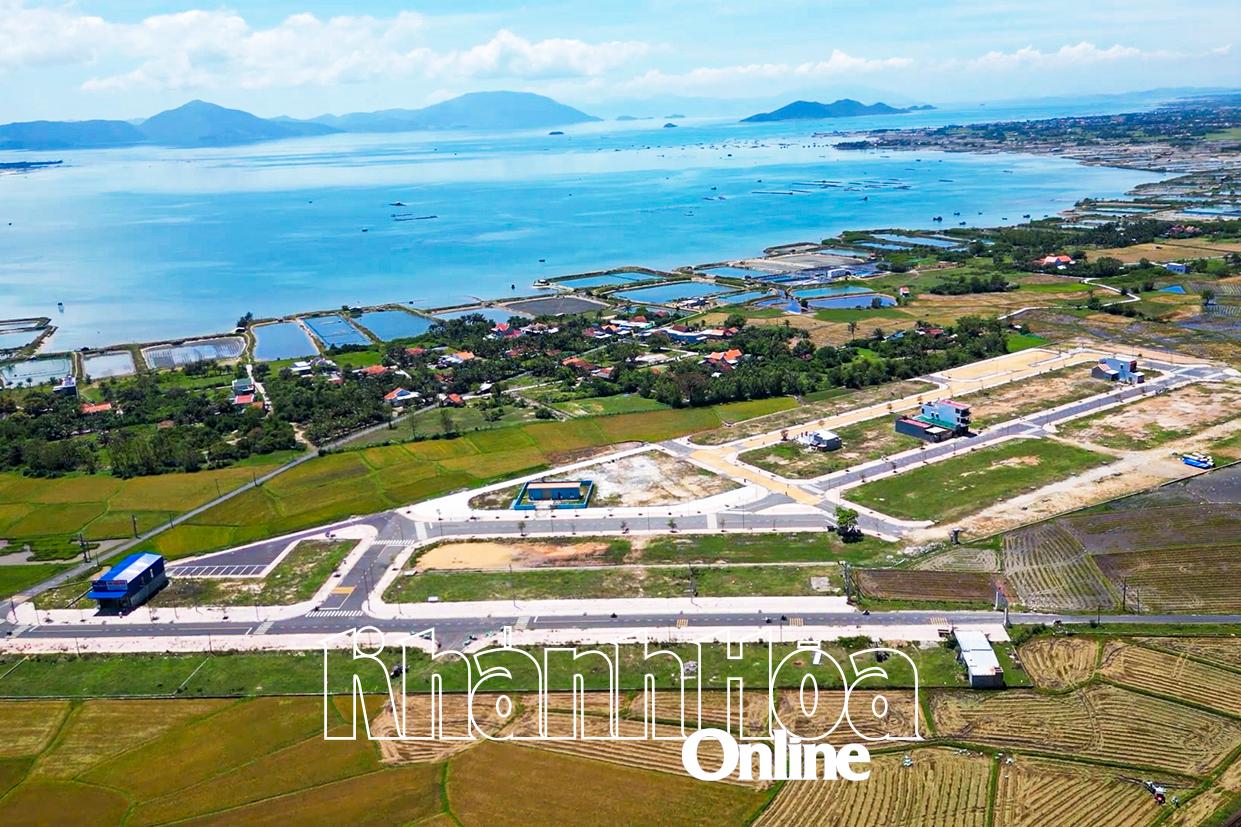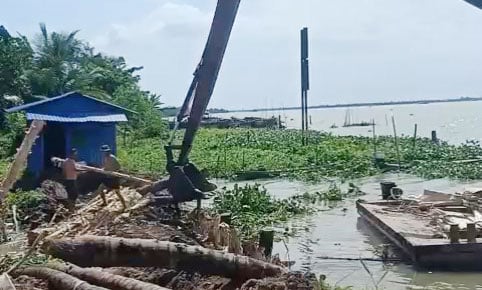 |
| Photo caption: Hot weather can cause dehydration, exhaustion, and heat stroke in the human body when exposed to high temperatures for a long time. Photo: Hong Dat/VNA |
Heat waves continue to appear widely in the Southeast region and tend to increase in the Central Highlands and Southwest regions.
The average temperature in the North is generally approximately the same as the average of many years; the South Central, Central Highlands and Southern regions are generally 0.5-1 degrees Celsius higher than the average of many years; the North Central region is generally 0.5-1 degrees Celsius lower than the average of many years in the same period.
In the first 10 days of the month, cold air is likely to be more active than the average of many years, then cold air tends to gradually weaken.
Total rainfall nationwide is generally 5-15mm lower than the average of many years; in some places in the mountainous and midland areas of the North, the Southern Central Highlands and the Southeast, it is 10-30mm higher than the average of many years in the same period.
"April is a transitional month, so there is a possibility of thunderstorms, tornadoes, lightning and hail across the country," Ms. Tran Thi Chuc noted.
According to hydrometeorological experts, cold air is likely to cause strong winds and large waves, affecting maritime activities and fishing activities of fishermen at sea. Thunderstorms, tornadoes, lightning, and hail pose a potential risk to people's lives and property. In addition, hot weather and severe heat affect the lives and production of people in the areas.
To proactively respond and reduce damage to the above weather patterns, hydrometeorological experts recommend that people regularly monitor forecast and warning information on the website of the National Center for Hydrometeorological Forecasting at nchmf.gov.vn, and provincial, municipal and regional hydrometeorological stations. At the same time, regularly update the latest hydrometeorological forecast information on the official mass media of the Central and local levels to proactively respond.
The government and relevant agencies must provide timely and accurate disaster forecast information to the public. People must strictly follow the local government's instructions on disaster response and prevention.
According to VNA
Source: https://baoapbac.vn/xa-hoi/202504/thang-4-nang-nong-co-xu-huong-gia-tang-o-tay-nguyen-tay-nam-bo-1038506/


![[Photo] Prime Minister Pham Minh Chinh chairs the first meeting of the Steering Committee on Regional and International Financial Centers](https://vstatic.vietnam.vn/vietnam/resource/IMAGE/2025/4/3/47dc687989d4479d95a1dce4466edd32)
![[Photo] Prime Minister Pham Minh Chinh chairs meeting after US announces reciprocal tariffs](https://vstatic.vietnam.vn/vietnam/resource/IMAGE/2025/4/3/ee90a2786c0a45d7868de039cef4a712)
![[Photo] General Secretary To Lam receives Japanese Ambassador to Vietnam Ito Naoki](https://vstatic.vietnam.vn/vietnam/resource/IMAGE/2025/4/3/3a5d233bc09d4928ac9bfed97674be98)

![[Photo] A brief moment of rest for the rescue force of the Vietnam People's Army](https://vstatic.vietnam.vn/vietnam/resource/IMAGE/2025/4/3/a2c91fa05dc04293a4b64cfd27ed4dbe)
![[Photo] Ho Chi Minh City speeds up sidewalk repair work before April 30 holiday](https://vstatic.vietnam.vn/vietnam/resource/IMAGE/2025/4/3/17f78833a36f4ba5a9bae215703da710)

















































































Comment (0)